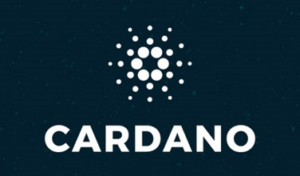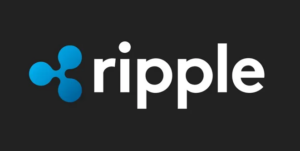Ethereum Developers Set to Divide Blockchain’s Upcoming Major Update, ‘Pectra,’ into Two

Ethereum developers are facing a dilemma as they grapple with the complexities of the highly anticipated Pectra upgrade. Just six months after Ethereum’s last major upgrade, developers are realizing that the multitude of priorities cannot all be addressed simultaneously.
The Pectra upgrade, which was slated to be Ethereum’s most significant hard fork to date, is now being considered for division into two separate parts. This decision comes as some developers express concerns about the unwieldy nature of the proposed features and the risks associated with implementing too many changes too quickly.
During a recent All Core Developers call, the idea of splitting the hard fork into two parts gained traction among Ethereum developers. EF DevOps Engineer Parithosh Jayanthi highlighted the potential benefits of this approach, emphasizing the importance of reducing the risk of bugs and expediting the release of both forks.
According to a report by Christine Kim, the first part of the Pectra upgrade would focus on Ethereum Improvement Proposals (EIPs) such as EIP-7702, aimed at enhancing wallets, a proposal famously conceived by Ethereum co-founder Vitalik Buterin in just 22 minutes. The second part of the upgrade would introduce EIPs designed to upgrade Ethereum’s Virtual Machine, known as EOF.
The final decision on whether to split the Pectra upgrade into two forks will be made during an upcoming All Core Developers Consensus call on Thursday. If developers reach a consensus on the split, the first package could potentially be rolled out as early as February 2025.
While Ethereum developers largely support the idea of splitting the fork, concerns have been raised about the potential downsides. EF researcher Ansgar Dietrichs pointed out that delaying the implementation of EIP-7594, or PeerDAS, to the second package could result in slightly higher fees for layer-2 blockchains in the interim.
Dietrichs emphasized the importance of PeerDAS for accommodating future throughput growth on layer-2 solutions, underscoring the need to ensure timely implementation. Despite the challenges, Dietrichs believes that splitting the upgrade is still the right decision, a sentiment echoed by EF Researcher Alex Stokes, who highlighted the lower risk associated with smaller forks.
In conclusion, Ethereum developers are navigating the complexities of the Pectra upgrade, weighing the benefits of splitting the hard fork into two parts to manage risks and expedite the implementation of key features. Stay tuned for further developments on this evolving upgrade process.




